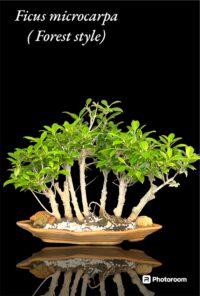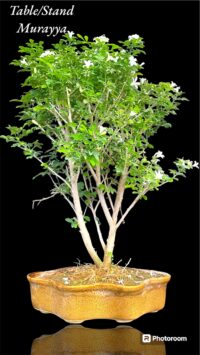10 Expert Tips & Tricks for Gardening Bonsai
10 Expert Tips for Gardening Bonsai
Gardening Bonsai is an art that requires precision, patience, and expertise. It is not just about planting a tree in a pot and trimming it occasionally. Bonsai gardening is about creating a miniature version of a tree that looks natural and beautiful. In this article, we will discuss ten expert tips for gardening bonsai that will help you create stunning miniature trees that will last for years to come.
Table of Contents
- Introduction
- Choose the right species
- Select the appropriate pot
- Use quality soil
- Water your bonsai regularly
- Fertilize your bonsai properly
- Trim and prune your bonsai
- Wire your bonsai carefully
- Protect your bonsai from pests and diseases
- Display your bonsai artistically
- Conclusion
- FAQs
1. Introduction
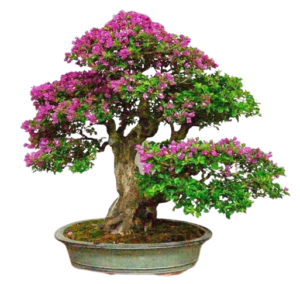
Gardening Bonsai has been around for centuries and originated in China. It involves growing and shaping a miniature version of a tree. This art form has gained popularity all over the world, and many people enjoy it as a hobby.
These trees are carefully cultivated to create a unique and aesthetically pleasing miniature landscape. The art of gardening bonsai requires a deep understanding of horticulture, as well as patience, skill, and a keen eye for design. To grow a beautiful and healthy bonsai, you need to follow some expert tips. In this article, we will discuss ten expert tips for gardening bonsai.
2. Choose the right species
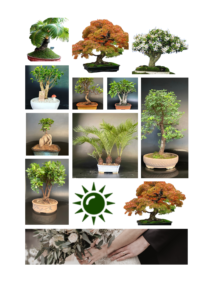
The first step in growing a bonsai is to choose the right species. Some trees are better suited for bonsai gardening than others. Some of the most popular bonsai species include the Chinese elm, Carmona, Ficus Microcarpa, Banyan, Pilkhan etc. Research the species that you are interested in growing and make sure that it is suitable for bonsai gardening. When selecting a tree, it’s important to consider its size, shape, and overall health. Look for a tree that has a strong trunk, a healthy root system, and an interesting shape or form. You should also consider the tree’s environment and make sure it will thrive in your climate.
3. Select the appropriate pot
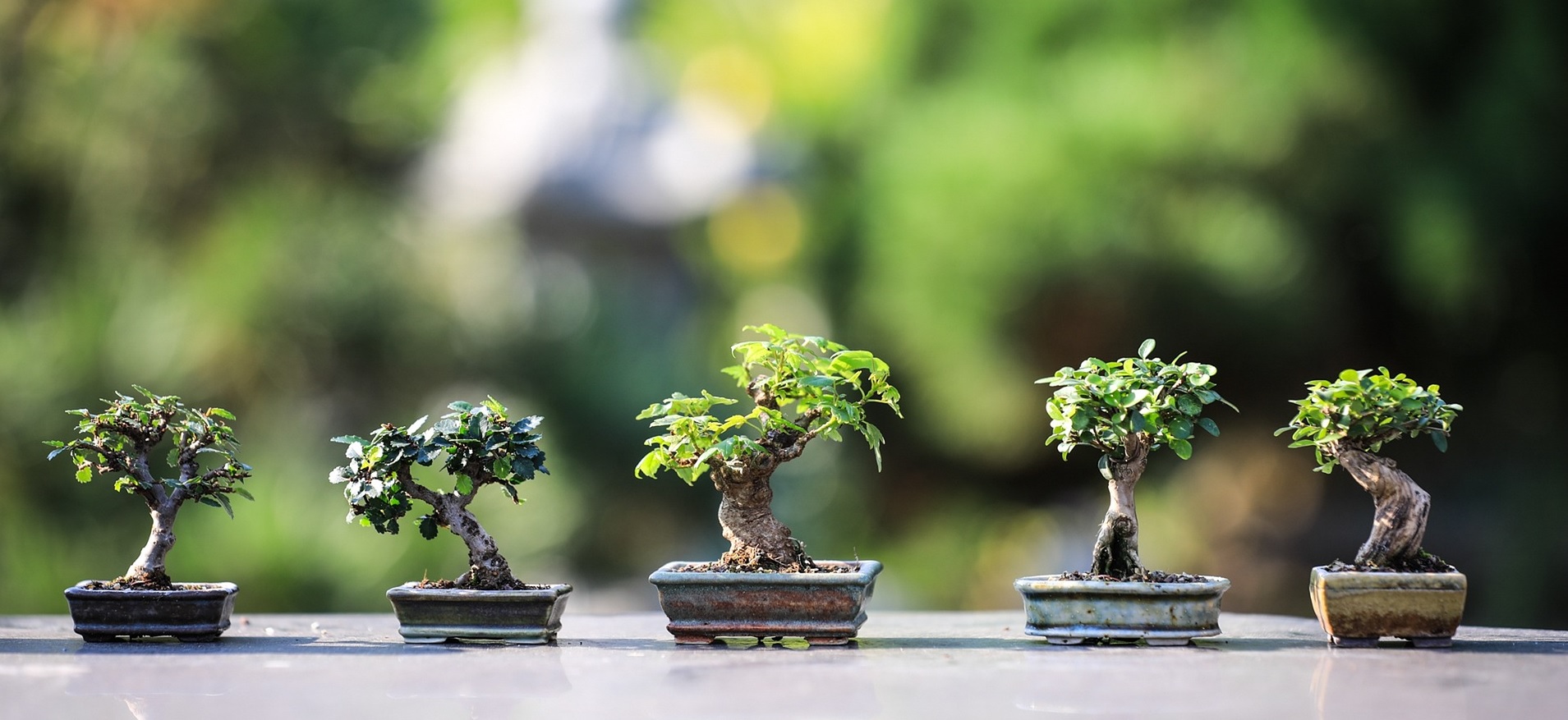
The pot you choose for your bonsai is just as important as the tree itself. The pot should be shallow and have drainage holes to prevent waterlogging. The pot should also complement the size and style of the tree. Once you have selected your tree, it’s time to plant it in a container. Bonsai trees are typically planted in shallow containers that allow the tree to develop a shallow root system. The container should be slightly larger than the tree’s root system and have good drainage. A bonsai pot should be about two-thirds the height of the tree.
4. Use quality soil
The soil you use for your bonsai should be of good quality. Bonsai soil is usually a mixture of sand, peat moss, and organic matter. The soil should be well-draining and retain moisture. Avoid using regular potting soil as it may not be suitable for bonsai gardening. When planting your bonsai tree, using the right soil is important. Bonsai soil is a specialized mix that is designed to provide the tree with the nutrients it needs while allowing for good drainage. You can purchase bonsai soil from a garden centre or make your own by mixing equal parts of sand, perlite, and peat moss.
or you can make it at home by using this method. How to make bonsai soil at home (2023)
5. Water your bonsai regularly
Watering your bonsai regularly is essential for its survival. Bonsai trees need to be watered when the soil starts to dry out. You can check the soil’s moisture level by sticking a finger into the soil. If the soil is dry, it’s time to water your bonsai. Overwatering can be as harmful as underwatering, so ensure you water your bonsai correctly. Bonsai trees should be watered when the soil begins to feel dry to the touch. Avoid overwatering, as this can lead to root rot and other issues.
6. Fertilize your bonsai properly
Fertilizing your bonsai is crucial for its growth and health. Bonsai trees need to be fertilized regularly to replenish the nutrients in the soil. Use a balanced fertilizer that contains nitrogen, phosphorus, and potassium. Fertilize your bonsai during the growing season, and reduce the frequency during the dormant season. You can also use organic fertilizers such as neem cake or vermi compost. NPK 10-10-10 is also good for foliage.
7. Trim and prune your bonsai
Trimming and pruning your bonsai is necessary to maintain its shape and size. Bonsai trees grow quickly, and you need to trim them regularly to prevent them from. becoming too large. You can also prune your bonsai to remove dead branches and shape the tree.
When pruning your bonsai tree, it’s important to use the right tools and techniques. Use sharp, clean scissors or shears to make precise cuts. You should also prune regularly to keep the tree’s shape and size in check.
Shaping your bonsai tree requires patience and skill.
WATCH THIS VIDEO FOR PRO TIPS AND TRICKS FOR GARDENING BONSAI, PRUNING, CARE AND WATERING A BONSAI TREE.
8. Wire your bonsai carefully
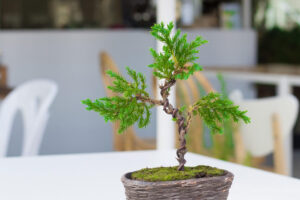
Wiring your bonsai is a technique used to shape the tree’s branches and trunk. It involves wrapping a wire around the branch or trunk and bending it into the desired shape.
Wiring should be done carefully to avoid damaging the tree. Avoid wiring during the tree’s dormant season, as the branches are more brittle and may snap easily. Remove the wire after a few months to prevent it from cutting into the bark.
9. Protect your bonsai from pests and diseases

Bonsai trees are susceptible to pests and diseases, just like any other plant. Some common pests that affect bonsai trees include spider mites, aphids, and scale insects. To protect your bonsai from pests and diseases, inspect your tree regularly and treat any problems immediately.
Spray of Neem oil and Some fungicide every month, will help protect your Bonsai Garden free from Insect Pests. It will also help in foliage growth and shine.
Gardening Bonsai Plants
Buy Gardening Bonsai Plants Online and get them home delivered in 3 hours in Delhi NCR
Our Motto
What you see is what you get
Delivery
Personalised delivery at door step
Mission
Creating green spaces
10. Display your bonsai artistically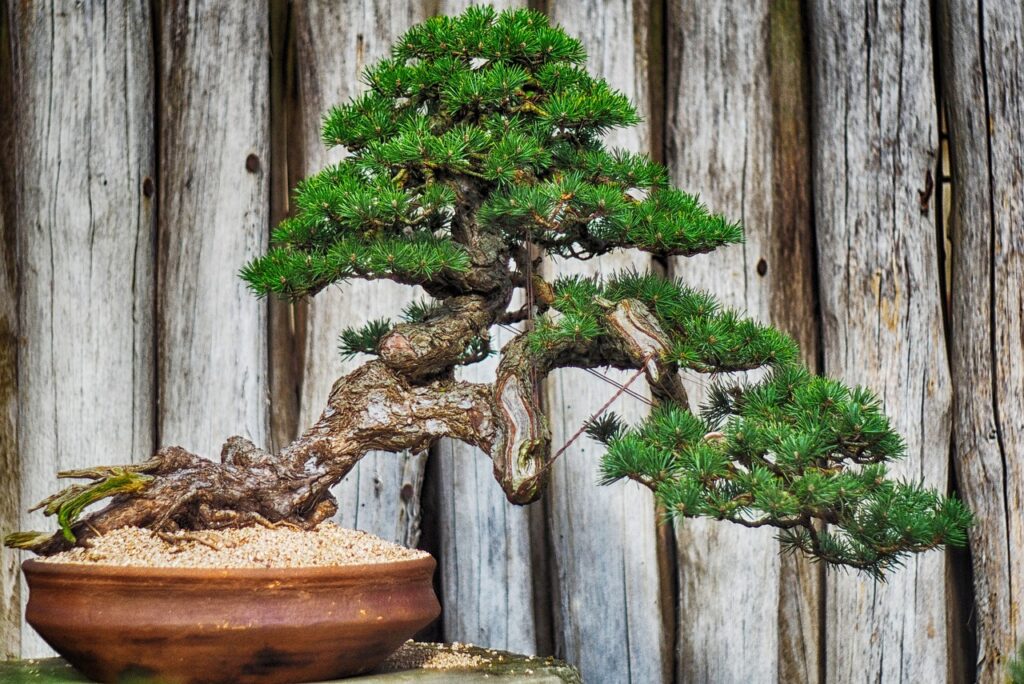
Displaying your bonsai artistically can enhance its beauty and aesthetic appeal. You can use different display techniques, such as cascading, slanting, and formal upright. Place your bonsai in a location that receives adequate sunlight and is free from drafts. Bonsais should be displayed at eye level and must be placed on a stand, at least 3 feet height.
11. Conclusion
Bonsai gardening is a rewarding hobby that requires patience, skill, and dedication. By following the ten expert tips discussed in this article, you can create stunning miniature trees that will last for years to come.
While bonsai gardening can be a rewarding and enjoyable hobby, it’s important to avoid common mistakes that can harm your tree. Some of the most common bonsai gardening mistakes include overwatering, using the wrong soil, and improper pruning and shaping.
It’s also important to avoid placing your bonsai tree in direct sunlight or a drafty location. Bonsai trees thrive in a stable environment with consistent temperatures and humidity levels.
FAQ
How often should I water my bonsai?
You should water your bonsai when the soil starts to dry out. Avoid overwatering or underwatering your bonsai
Can I grow any tree as a bonsai?
No, not all trees are suitable for bonsai gardening. Choose a species that is suitable for bonsai gardening
When should I wire my bonsai?
Wiring should be done during the growing season and should be removed after a few months.
How often should I fertilize my bonsai?
You should fertilize your bonsai during the growing season and reduce the frequency during the dormant season
How do I protect my bonsai from pests and diseases?
Inspect your bonsai regularly and treat any pests or diseases immediately to prevent them from spreading.
How do you make a bonsai garden?
A Bonsai garden can be made even on your Terrace. A collection of bonsai, displayed aesthetically is called Bonsai Garden.
Can you put a bonsai in the garden?
Yes, Bonsais can be placed in the garden as other house plants.
Is bonsai good or bad for home?
Bonsais are good for Home as they help improve the environment around them. Indian tree species like Banyan, Neem, and Bodhi are considered auspicious and considered lucky to be around the home.
Is bonsai good for Vastu?
Indian vastu considers Green plants auspicious and must be an integral part of a household.
Is bonsai a good luck tree?
Green plants bring peace and harmony to one mind and body. Jade is famous for good luck and friendship. Some bonsais like bodhi can bring financial success in life,

